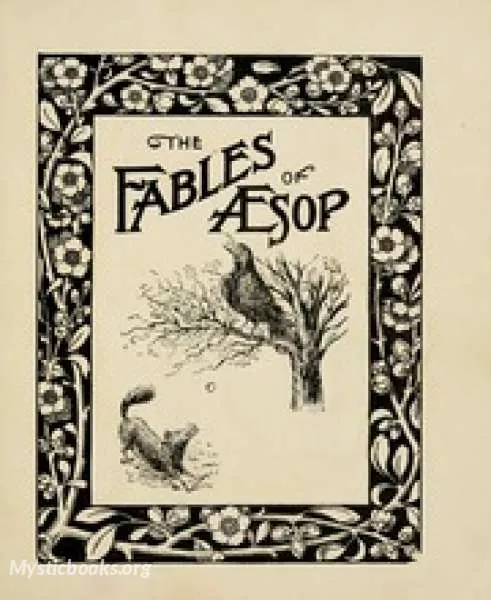
Aesop's Fables
by Aesop
'Aesop's Fables' Summary
The fables originally belonged to the oral tradition and were not collected for some three centuries after Aesop's death. By that time a variety of other stories, jokes and proverbs were being ascribed to him, although some of that material was from sources earlier than him or came from beyond the Greek cultural sphere. The process of inclusion has continued until the present, with some of the fables unrecorded before the Late Middle Ages and others arriving from outside Europe. The process is continuous and new stories are still being added to the Aesop corpus, even when they are demonstrably more recent work and sometimes from known authors.
Manuscripts in Latin and Greek were important avenues of transmission, although poetical treatments in European vernaculars eventually formed another. On the arrival of printing, collections of Aesop's fables were among the earliest books in a variety of languages. Through the means of later collections, and translations or adaptations of them, Aesop's reputation as a fabulist was transmitted throughout the world.
Initially the fables were addressed to adults and covered religious, social and political themes. They were also put to use as ethical guides and from the Renaissance onwards were particularly used for the education of children. Their ethical dimension was reinforced in the adult world through depiction in sculpture, painting and other illustrative means, as well as adaptation to drama and song. In addition, there have been reinterpretations of the meaning of fables and changes in emphasis over time.
Book Details
Language
EnglishOriginal Language
Ancient GreekPublished In
Genre/Category
Tags/Keywords
Authors
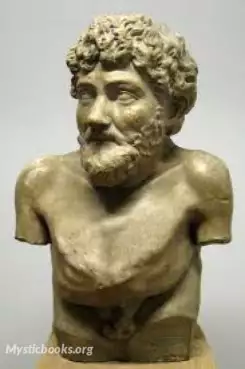
Aesop
Greece
Aesop (c. 620–564 BCE) was a Greek fabulist and storyteller credited with a number of fables now collectively known as Aesop's Fables. Although his existence remains unclear and no writings by h...
Books by AesopDownload eBooks
Listen/Download Audiobook
- Select Speed
Related books
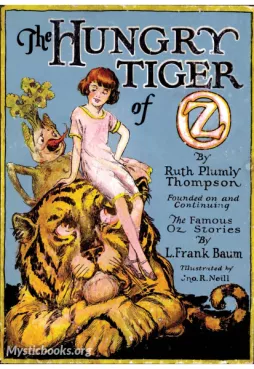
The Hungry Tiger of Oz by Ruth Plumly Thompson
It is an enchanting children's book that takes young readers on a delightful adventure in the magical land of Oz. This book is a part of the beloved "...
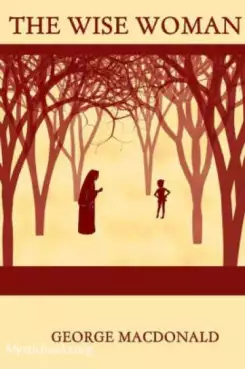
The Wise Woman by George MacDonald
The Lost Princess: A Double Story, first published in 1875 as The Wise Woman: A Parable, is a fairy tale novel by George MacDonald. The story des...
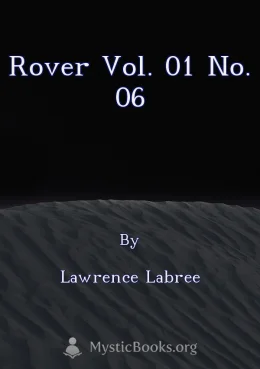
Rover Vol. 01 No. 06 by Lawrence Labree
Published in 1843, "The Rover" was a weekly magazine featuring original and selected short stories and poems. Edited by Seba Smith and Lawrence Labree...

World's Best Poetry, Volume 1: Home and Friendship (Part 1) by Various
This volume, the first of two parts, focuses on poems related to home, family life, and childhood. It includes verses about children, verses written f...
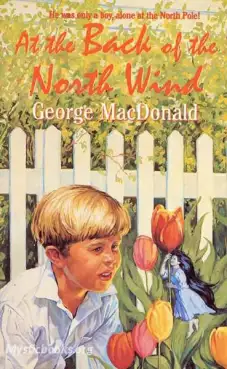
At the Back of the North Wind by George MacDonald
At the Back of the North Wind is a children's book written by Scottish author George MacDonald. It was serialized in the children's magazine Good Word...
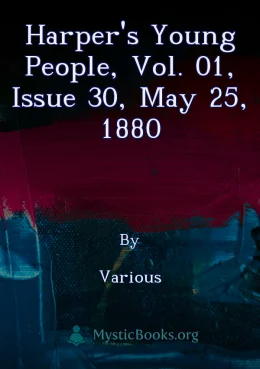
Harper's Young People, Vol. 01, Issue 30, May 25, 1880 by Various
Harper's Young People, a weekly publication for children, offered a diverse range of content in its 30th issue, published on May 25th, 1880. Readers...
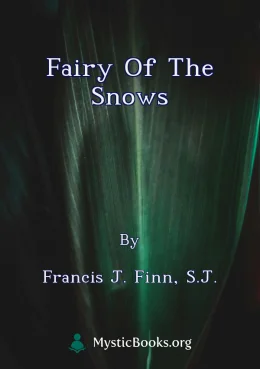
Fairy of the Snows by Francis J. Finn, S.J.
Alice Morrow, a young girl with a mischievous spirit, is called "the fairy of the snows" by her family and friends. Set in early 20th-century Cincinna...
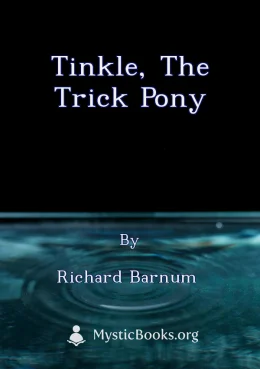
Tinkle, the Trick Pony by Richard Barnum
Tinkle, the Trick Pony is a charming children's story about a clever pony who finds himself in trouble before being taken into the circus. This book f...
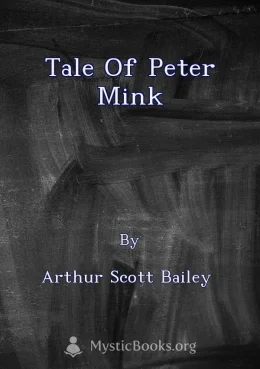
Tale of Peter Mink by Arthur Scott Bailey
Arthur Scott Bailey (1877 – 1949) was author of more than forty children's books. Bailey's writing has been described thusly by the Newark Evening New...

Andersens Sproken en vertellingen by Hans Christian Andersen
Sprookjes van Hans Christiaan Andersen, naverteld door Simon Jacob Andriessen. Deze verzameling bevat een aantal overbekende sprookjes, zoals Het leli...
Reviews for Aesop's Fables
No reviews posted or approved, yet...